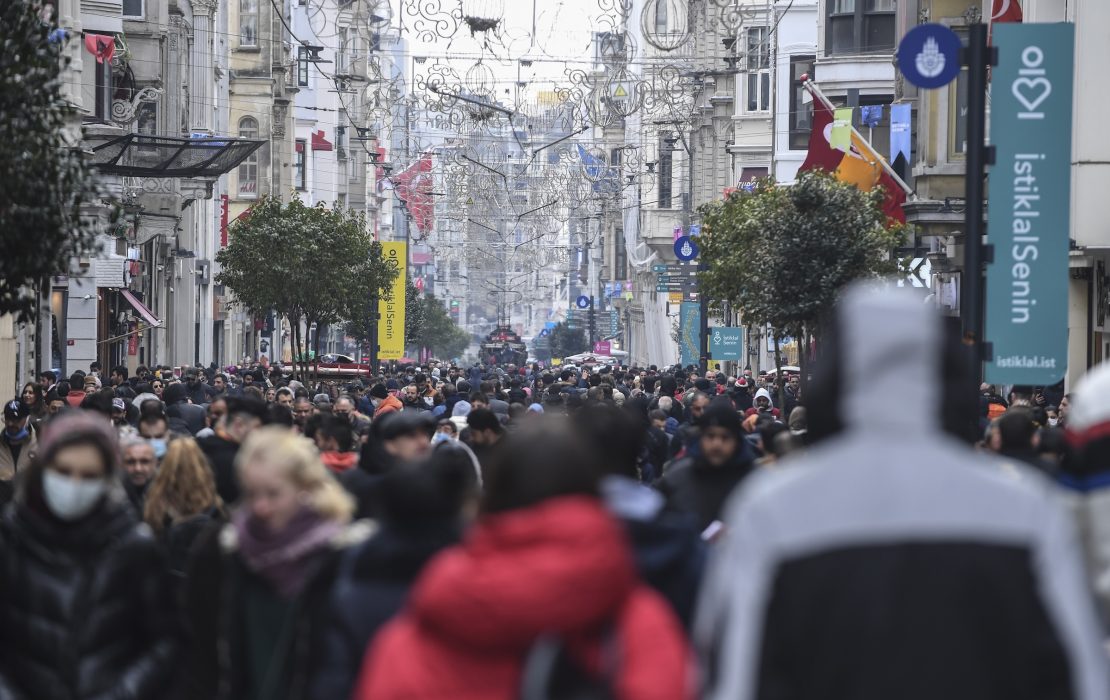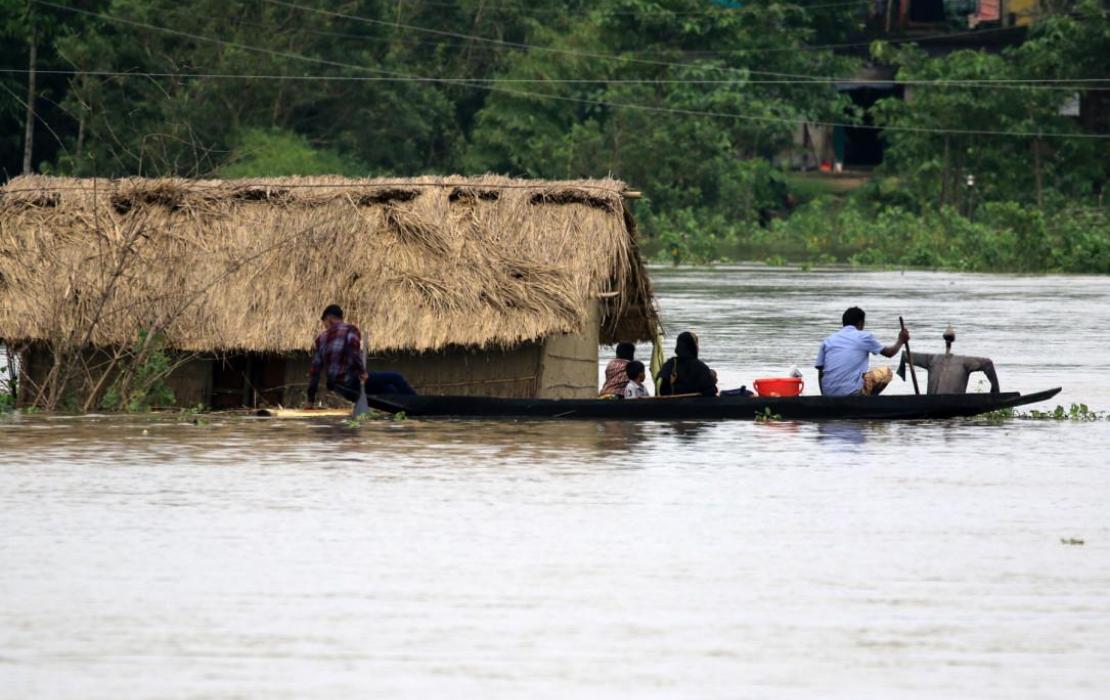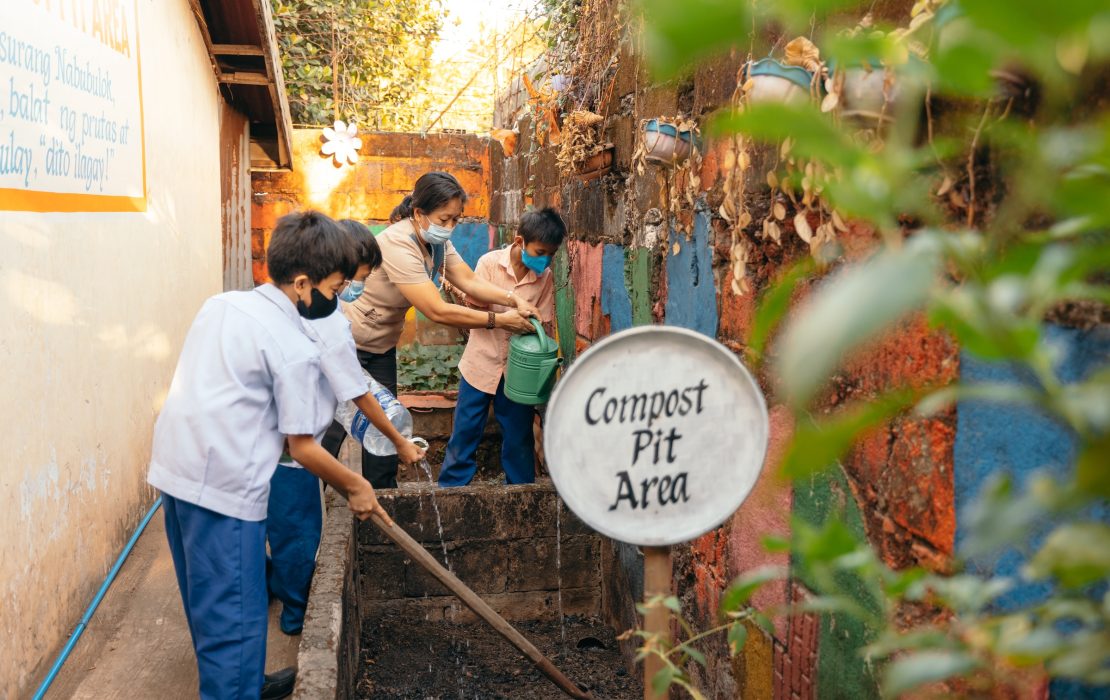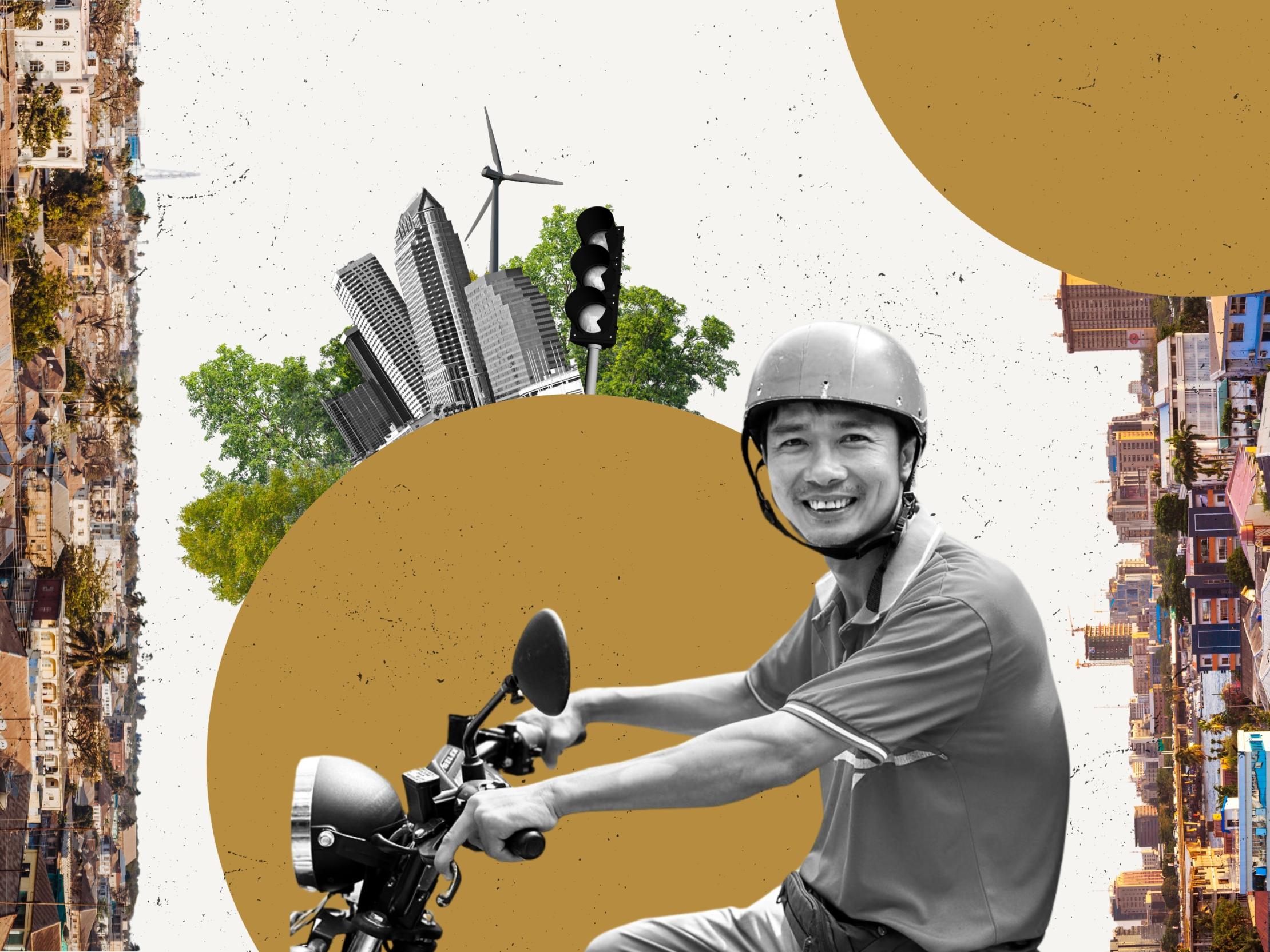
Summary
- Climate change impacts cities with more frequent extreme weather, heatwaves, sea level rise, and food and water insecurity.
- Climate change impacts tend to worsen social and economic disparities, especially in developing countries, where cities are grappling with a surge in rural-to-urban migration.
- While cities are significant contributors to climate change, accounting for almost three quarters of total emissions, they are also hubs for innovative, sustainable practices.
- Through climate investments, ambitious urban planning and robust policies, cities can play a pivotal role in reducing emissions and increasing resilience.
- Countries must engage city leaders and planners as well as vulnerable urban populations in developing and implementing their climate pledges.
Why are cities important in the fight against climate change?
Cities are key to combating climate change for a multitude of reasons.
Cities host more than half of the global population, totaling 4.4 billion inhabitants, and this urban population is projected to double by 2050. This means that globally nearly 7 out of 10 people will be expected to live in cities by then. Due to this population density, cities also account for over 80 percent of global Gross Domestic Product (GDP) and contribute significantly to global greenhouse gas (GHG) emissions.
Cities consume substantial resources like energy and water, and serve as key transportation hubs, emitting substantial amounts of carbon through extensive road networks, public transit systems and airports. Globally, urban areas are responsible for about 60 percent of GHG emissions.
While cities are significant contributors to climate change due to their rapid growth and high emissions, they also serve as hubs for innovation and solutions. In fact, cities provide extensive opportunities for implementing sustainable practices and reducing GHG emissions.
As Parties embark to enhance their national climate pledges (also known as Nationally Determined Contributions or NDCs) by COP30 in 2025, it will be critical to ensure those stakeholders most impacted by the climate crisis and those that possess the expertise to deliver climate-related policies, actions and projects are actively engaged in the NDC revision process. Notably, this would include vulnerable populations in cities such as women, Indigenous Peoples and youth, as well as city leaders, planners and technical experts.

Port Louis, Mauritius, bustles with heavy traffic and pedestrian activity during peak hours. Photo: UNDP in Mauritius and Seychelles

Urban industrial activity causes heavy pollution in Mongolia. Photo: UNDP Mongolia/Nicolas Petit and CCRCC of Mongolia
What are the impacts of climate change that affect cities around the world?
- More frequent extreme weather events: Cities are experiencing increased exposure to extreme weather events such as floods and storms, resulting in loss of lives and livelihoods, displacement of people and damage to infrastructure.
- Sea level rise and increased flood risk: Warmer temperatures are also leading to heavier rainfall and extreme floods in cities worldwide. Coastal cities are especially vulnerable to sea level rise with an increasingly sizable population living in coastal regions. Projections indicate heightened flood risks for hundreds of densely populated coastal urban areas by mid-century. If no climate action is taken, no mega city, no matter the continent, will be spared. In Lagos, Nigeria, a low-lying city on the Atlantic coast that is predicted to be the world’s largest city by the end of the century economic losses due to flooding are already estimated at US$4 billion per year. Meanwhile, Indonesia is set to replace Jakarta, the world's fastest-sinking city, with a newly planned capital that has yet to be built.
- Heatwaves and air pollution: Urban areas are feeling an increased burden from recurring heatwaves. The “urban heat island effect”, driven by human activities and built infrastructure, intensifies heatwaves and can lead to temperatures that are much higher than those in rural areas. Combined with rapid urbanization, this could mean that cities are warming at twice the global average rate, potentially increasing temperatures by up to 4°C if GHG emissions remain on their current trajectory. Moreover, heatwaves worsen air quality in cities and pose specific health risks to urban areas, exacerbating climate impacts by increasing carbon emissions from ground-level ozone formation.
- Threats to food and water: Climate hazards also pose a fundamental risk to health and quality of life, the security of food systems and food availability, water scarcity and natural system degradation. Cities are responsible for about 75 percent of global natural resource consumption, and variability and disruptions to the systems that provide reliable, high quality and affordable sources of food and water, can have enormous impacts and highlight the importance of strengthening urban-rural linkages.
- Increased inequalities: Climate impacts tend to increase existing social and economic disparities, especially in developing countries where cities are grappling with a surge in rural-to-urban migration, often fueled by displacement from climate impacts. For example, the city of Dhaka in Bangladesh experiences an influx of approximately 400,000 migrants annually, intensifying challenges for its growing population who face climate-related vulnerabilities that are compounded by limited access to essential services. Widening inequality, urban poverty and exclusion also coincide with the rise of informal settlements where climate risks are most acute and that have become the dominant form of urban growth - over 1 billion people now live in informal settlements.
For countries to protect their urban populations and infrastructure from these evolving challenges, it is crucial to implement adaptation measures and strengthen the resilience of cities and their residents.

This informal settlement in the township of West Point, Monrovia is one of Liberia’s most densely populated areas. Photo: UNMIL/Albert Gonzalez Farran
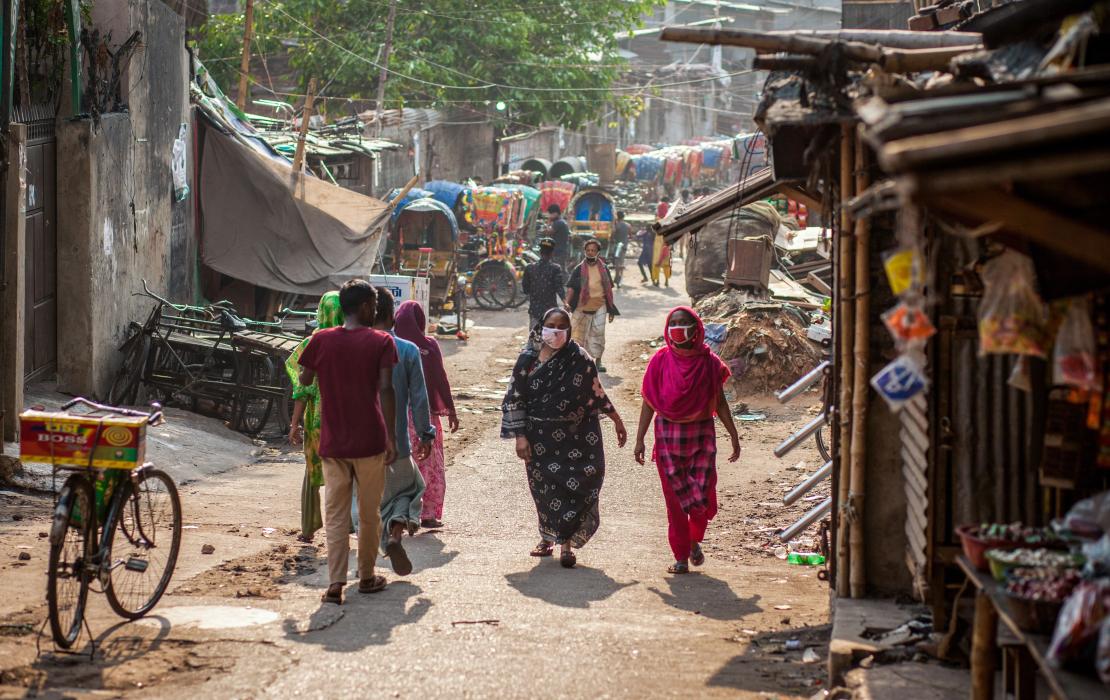
Women walking in the streets of Dakha, Bangladesh. Photo: UNDP Bangladesh/Fahad Kaizer
A collapsed road in Blantyre, Malawi's second largest city, in the aftermath of cyclone Freddy in 2023. Photo: UNDP Malawi
What type of climate action can cities take?
Cities have a crucial role in anticipating and coping with climate challenges. By prioritizing increased climate investments, ambitious urban planning and robust policies, cities can play a pivotal role in translating global climate targets into locally achievable solutions.
This is why it has become increasingly critical to develop local climate plans where cities commit to strengthening their climate resilience, raising adaptive capacity, reducing their emissions, improving their disaster preparedness, upgrading response strategies, and adopting stronger adaptation and mitigation measures.
Concrete examples of local climate actions include investing in green and climate-resilient infrastructure by improving building energy efficiency, expanding access to clean energy and promoting low-carbon transportation. Additionally, communities and cities can focus on sustainable waste management, local food production, and enhancing urban green spaces to mitigate the urban island effect through urban forests, parks and gardens. For coastal cities this may mean strengthening flood protection through levees, dikes and seawalls, and planting mangrove ecosystems as buffers. These efforts have the potential to yield significant emissions reductions, while also delivering economic benefits to urban populations and local economies.
Naturally, implementing such actions is only possible if governance challenges are addressed. These challenges include funding constraints, insufficient political will, centralized institutions and economies, and competing priorities.
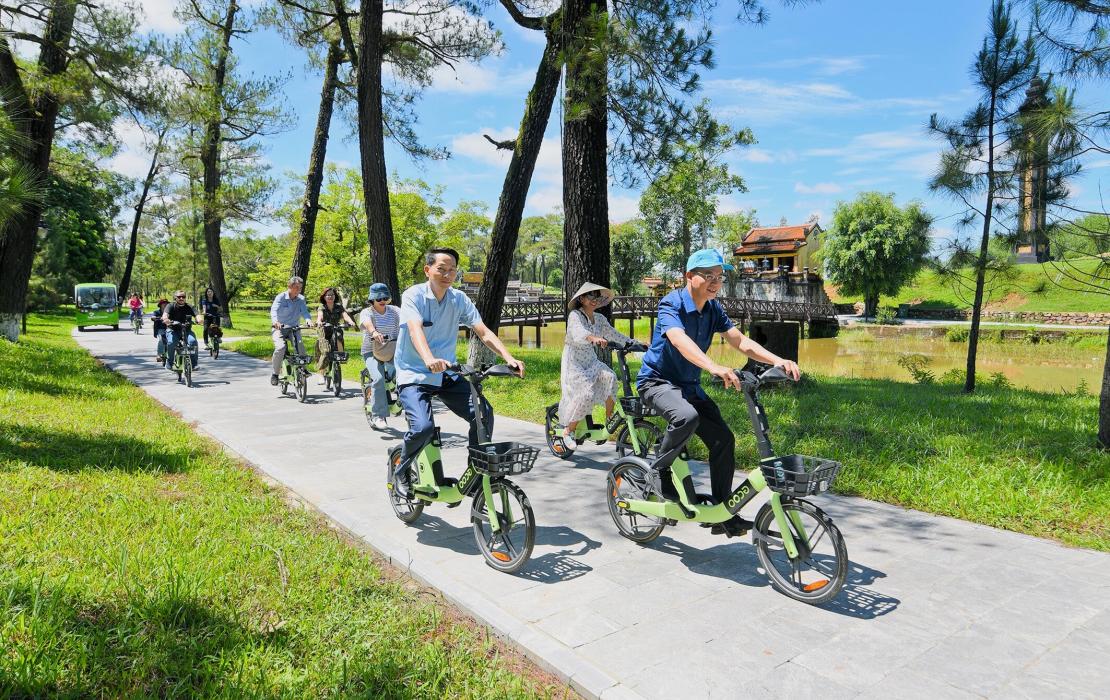
In Hué, Viet Nam, e-bike and bike-sharing programs are being introduced to reduce the carbon footprint of tourism activities. Photo: UNDP Viet Nam
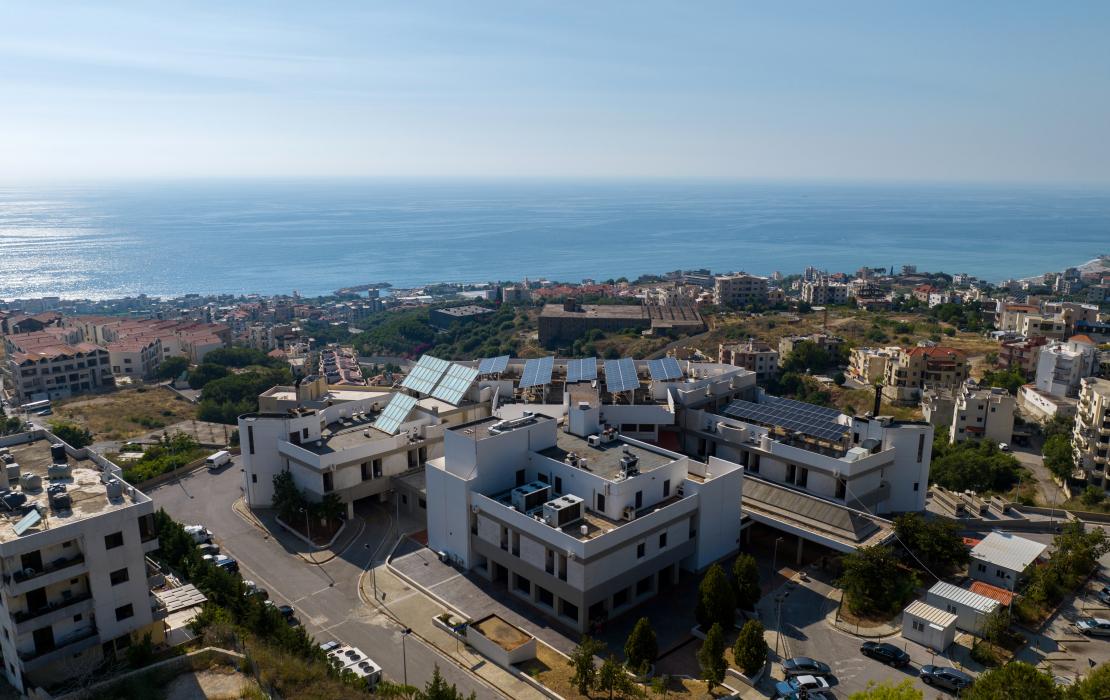
Solar photovoltaic systems installed on the roof of the public hospital in Bouar, a city in Lebanon. Photo: UNDP Lebanon/Fouad Choufany
What are some examples of cities taking climate action?
Peru's Lima, one of the few megacities located in a desert, is pioneering innovative solutions to address water scarcity and advance the national objective of reducing GHG emissions by 40 percent by 2030. Aided by fog catcher technology and automated irrigation, the city is testing the viability of using water harvesting in fog oases in the hills surrounding the capital city. Native trees are also planted to reforest threatened areas and climate stations have been installed for monitoring purposes and to deter illegal activities. To ensure ownership and the protection of these essential resources, local communities are actively taking part in decision-making processes.
In Egypt, Sharm El-Sheikh seized the opportunity of hosting COP28 to further emphasize its commitment to sustainability with the installation of solar rooftops on hotels and small-scale photovoltaic or PV systems in key structures like the airport, hospital and government offices, serving as a model for other cities. More recently, five solar power stations were inaugurated in world heritage sites and museums in the country’s largest cities, including at the Sharm El Sheikh Museum, Manial Palace in Cairo, two museums in Alexandria, and the Giza Plateau’s Visitor Center. The new installations will contribute to an annual reduction of approximately 295 tonnes of carbon dioxide. Over 132 small-scale PV solar power stations have also been established across 16 Governorates to enhance access to solar energy across the country.
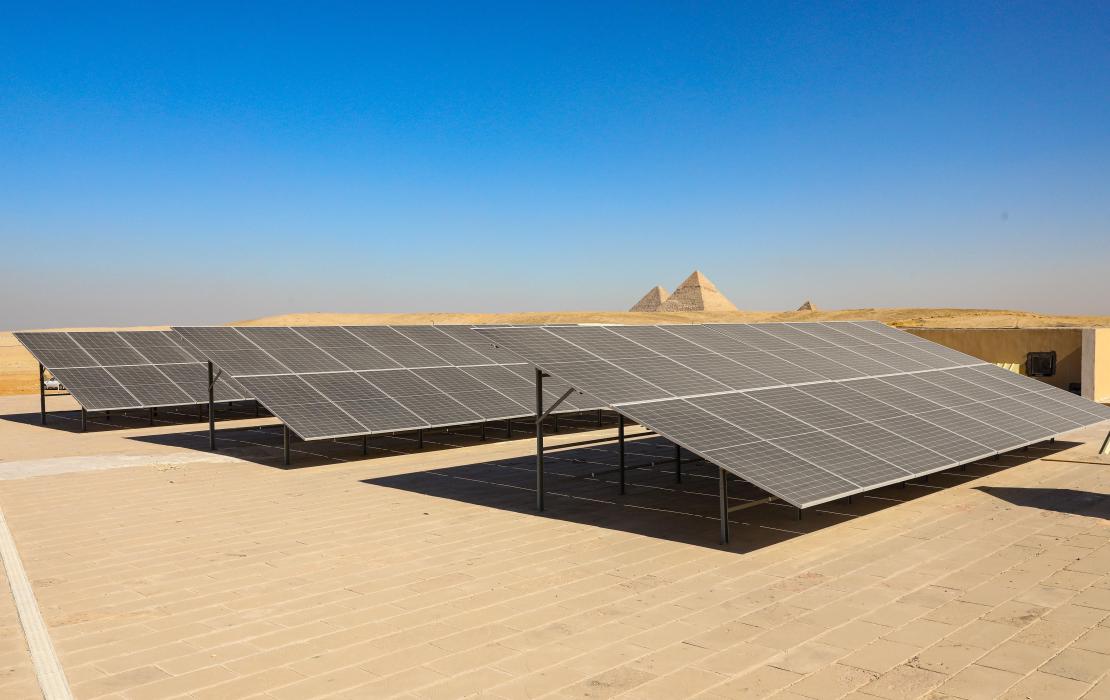
The solar station at the Giza Plateau Visitor Center is part of a pioneering initiative for rooftop PV systems in Egypt. Photo: UNDP Egypt
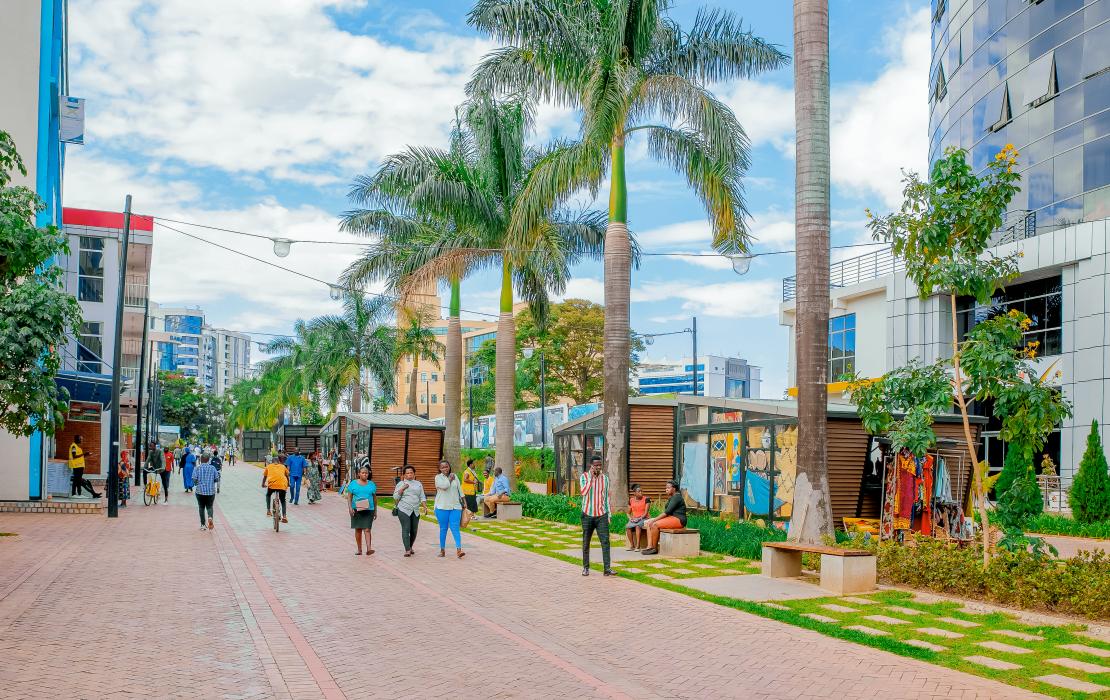
Kigali's Imbuga City Walk in Rwanda helps enhance city life while reducing emissions. Photo: UNDP Rwanda/Mucyo Serge
As Malaysia shifts towards greener and more sustainable urban landscapes, its cities are taking concrete steps to lead the charge. The country has launched the Low Carbon City Framework Programme, engaging 64 local authorities in crafting strategies and action plans for low-carbon initiatives within their jurisdictions. In particular, the cities of Kuala Lumpur, Iskandar Malaysia, Seberang Perai and Melaka have developed low-carbon action plans and conducted GHG inventories to track their progress in reducing carbon emissions. Five other cities are implementing low-carbon initiatives using an integrated approach that encompasses policy formulation, awareness campaigns, capacity building and demonstration projects.
In Uganda, where urbanization fuels an annual increase in domestic waste generation, the youth-led start-up, Yo-Waste, partners with Kampala and Entebbe municipalities, along with local leaders, residents and businesses, to ensure proper waste collection and disposal. This effort is particularly vital during rainy seasons to avert environmental risks and prevent garbage from blocking drainage systems, thus reducing the threat of flooding and associated health hazards. To date, their initiative has benefited over 10,000 households, managing approximately 320 tonnes of municipal solid waste monthly. With a team of 32 full-time workers, Yo-Waste also provides stable incomes to young urbanites thus contributing to local economic growth.
Türkiye is actively engaged in the development of Local Climate Change Action Plans (YİDEP), aimed at integrating climate concerns into development planning. In 2024, six pilot municipalities, including Antalya, Kahramanmaraş and Elazığ, started developing these plans. A crucial aspect of this initiative is the development of the YSGEA tool, modeled after the Global Protocol for Community-scale Greenhouse Gas Emission Inventories, that municipalities can use to calculate and report local emissions. Furthermore, the establishment of an online climate change portal (e-YİDEP) and regional vulnerability assessments seek to bolster data accessibility, monitoring, transparency and consistency across municipalities. Complementary efforts include assessing the social, economic and environmental impacts and benefits of proposed climate actions at the subnational level.

Smart organic hydroponic gardens in La Paz schools support Bolivia's transition to sustainable local food systems. Photo: UNDP/Daniela Peris

In Uganda, Yo-Waste enables urban households and businesses to schedule waste collection using a mobile phone. Photo: Yo-Waste Ltd.
How is UNDP assisting climate action efforts in urban areas?
UNDP is actively supporting climate action in urban areas through various initiatives and programmes. Some examples of this include:
- Finance and investment: UNDP helps cities meet climate finance challenges by supporting governments to access new sources of finance, facilitating innovative financing mechanisms, strengthening the integration of climate and environment-related concerns into economic and financial policies, and building capacity to better track climate-related spending.
- Policy support: UNDP assists cities in developing and implementing climate-related policies and action plans that are aligned with international frameworks such as the Paris Agreement and the Sustainable Development Goals (SDGs), with NDCs playing a pivotal role in advancing this agenda. Under the Climate Promise, UNDP is collaborating with governments and other stakeholders in 55 countries to integrate climate considerations into urban planning and development processes.
- Technical assistance: UNDP offers technical assistance to help cities identify climate risks, develop climate-resilient infrastructure, and enhance climate action at the urban and subnational levels.
- Capacity-building: UNDP provides capacity-building support to local governments and urban stakeholders to enhance their understanding of climate change impacts and to develop effective strategies for adaptation and mitigation.
- Knowledge sharing: UNDP facilitates the exchange of knowledge and best practices among cities, enabling them to learn from each other's experiences and innovations in addressing climate change in urban areas.
- Advocacy: UNDP collaborates closely with other United Nations agencies such as UN-HABITAT and partners to raise awareness about the vital role of local and regional governments and cities in combating climate change, and their potential to strengthen and achieve NDC climate goals.
Through these and other initiatives, UNDP plays a crucial role in supporting urban areas worldwide in their efforts to tackle climate change and build resilient, sustainable communities and cities.

